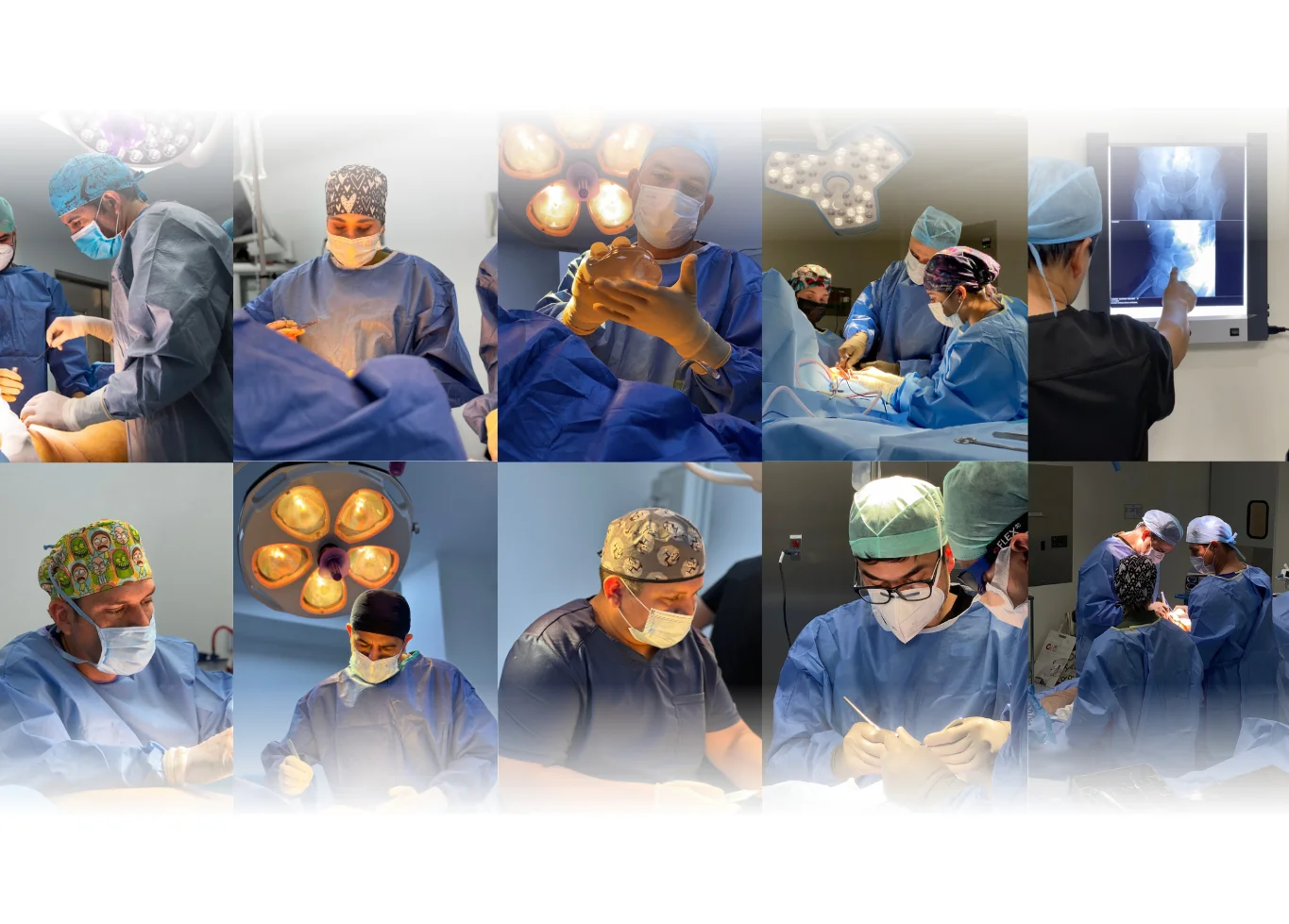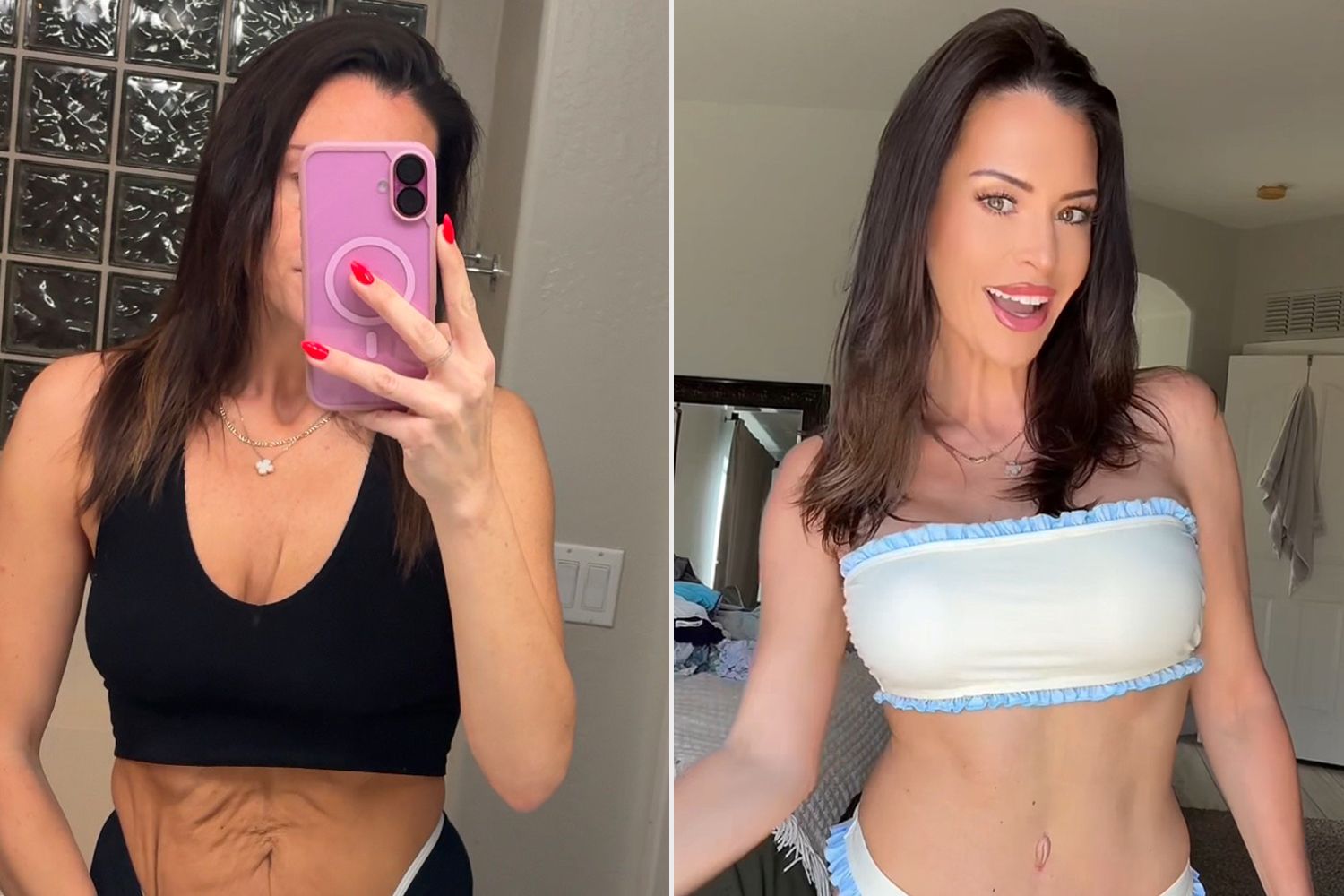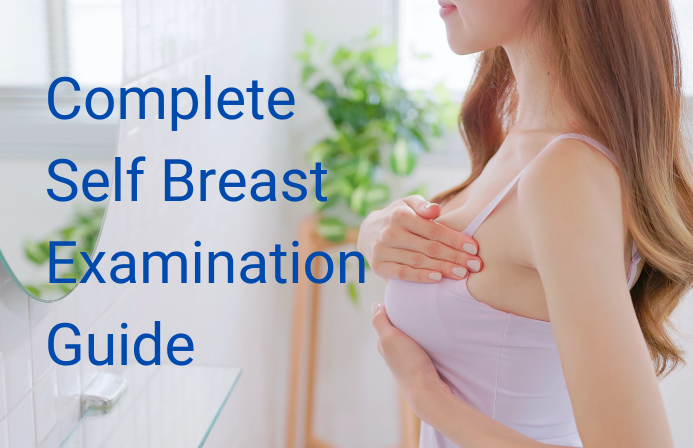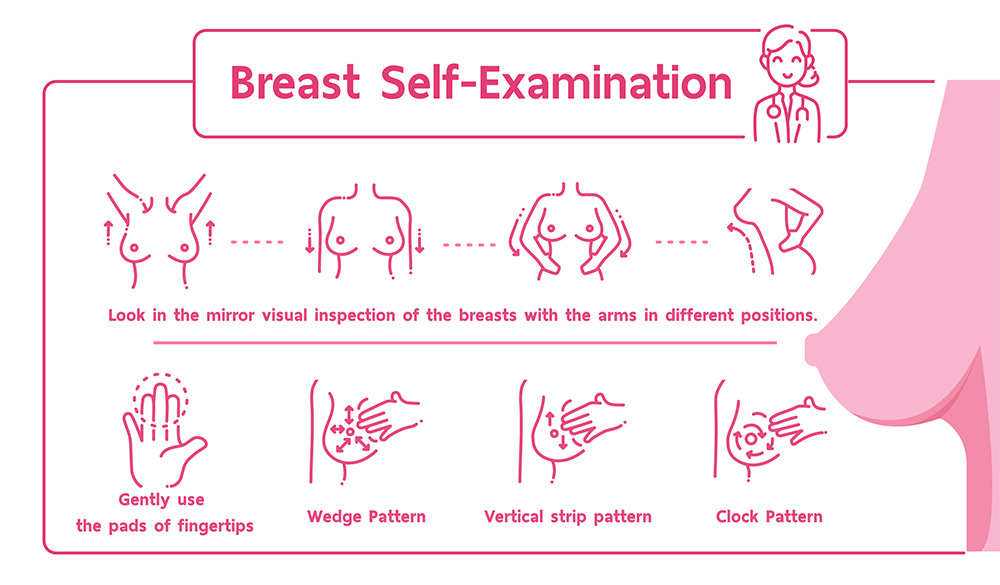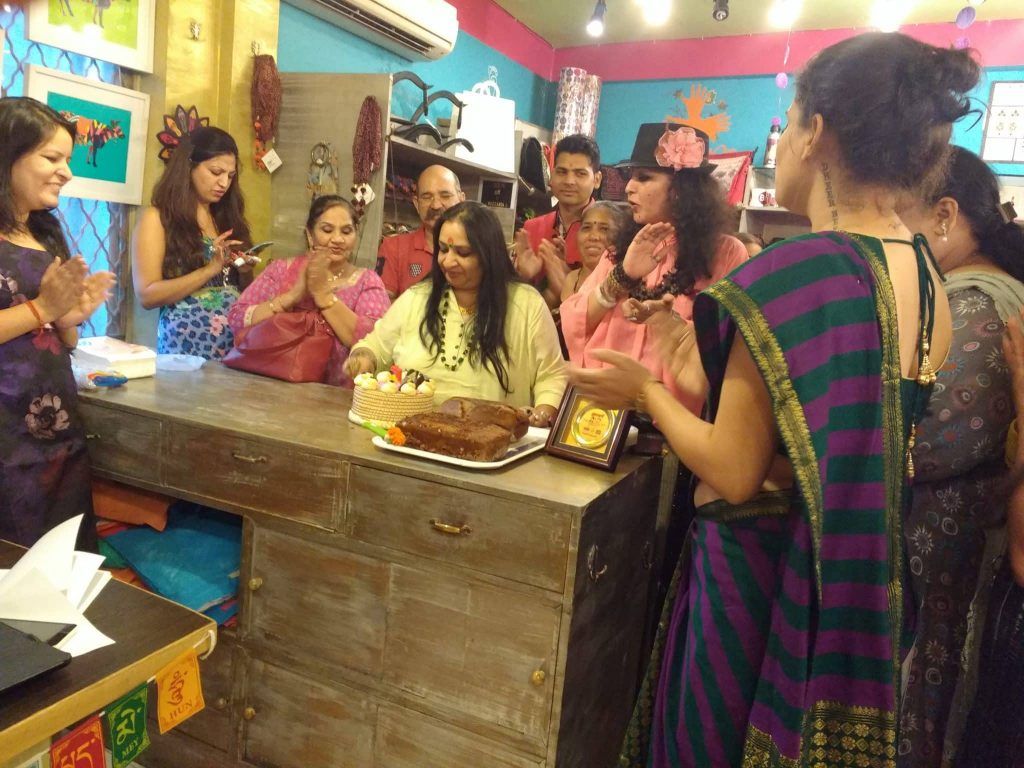Taking charge of your breast health starts at home. Knowing how to do a self breast check can help you spot changes early, while the right bra or support can make a big difference in your day-to-day comfort, confidence, and even long-term breast health. This guide walks you through the steps of self-examination and explains why your choice of bra is more important than you might think.
Table of Contents
What Is a Breast Self-Check?
A breast self-examination (BSE) is a simple routine that empowers you to become familiar with the look and feel of your breasts. Regular self-checks can help you notice any changes early, which is key for prompt treatment if needed.
Why Self-Checks Matter
Early detection of changes or lumps
Better awareness of your normal breast texture
Confidence to discuss concerns with your doctor
Medical experts recommend pairing self-exams with regular health check-ups and age-appropriate breast screening protocols.
When and How Often Should You Do a Self Breast Check?
Frequency: Once a month is ideal. For menstruating women, a few days after your period ends is best because breasts are least likely to be swollen or tender. Post-menopausal women should pick a consistent date each month to remember more easily.
Step-by-Step: How to Do a Self Breast Check
Perform your monthly self-exam in three main positions: in front of a mirror, lying down, and standing or in the shower.
1. Visual Check (In Front of a Mirror)
Stand undressed from the waist up in front of a well-lit mirror.
Let your arms hang comfortably at your sides.
Look for changes in shape, size, or symmetry.
Check for skin dimpling, puckering, redness, swelling, or visible lumps.
Notice any nipple inversion, rashes, or unusual discharge.
Raise your arms overhead and look for changes.
Press your hands onto your hips to tighten your chest muscles and look for further changes.
2. Manual Check (Lying Down)
Lie flat on your back with a pillow under your right shoulder and your right arm behind your head.
With the pads of your left hand’s three middle fingers, use small, gentle circles to examine your right breast.
Cover the area from your collarbone to your ribs, from your sternum to your armpit.
Use different pressures: light for tissue close to the skin, medium and firm for deeper tissue.
Gently squeeze the nipple to check for discharge.
Switch arms and repeat for the left breast.
3. Manual Check (Standing or In the Shower)
Many find it easier to feel changes with wet, slippery skin.
Raise one arm; use the opposite hand with flat fingers in small circles to cover the entire breast and underarm.
Again, check for lumps, thickenings, or areas that feel different than the rest of the tissue.
Key Points
Be systematic to cover the entire area—think of a spiral, up-and-down, or wedge pattern.
Expect to feel some firmness—focus on what feels different or new.
Know your normal! Breasts vary in density, shape, and tenderness across the cycle.
What to Look For: Signs That Need Attention
A new lump or mass, especially if hard or fixed
Changes in size or shape of either breast
Skin dimpling, puckering, or redness
Nipple changes (inversion, discharge, rash)
Persistent pain in one area
Most lumps or changes are not cancer. However, always consult your doctor about any new findings.
The Role of Bra Support in Breast Health
Many people underestimate how much the right bra can affect everything from breast comfort to posture and confidence.
Why Does Support Matter?
Provides comfort and eases breast movement during daily activity
Helps maintain healthy posture, reducing back and neck pain
Prevents breast sagging due to prolonged lack of proper support
Reduces chafing, stretch marks, and skin irritation
Over 80% of women wear the wrong bra size, which can lead to discomfort, poor support, and even posture issues. A well-fitted bra shouldn’t dig in, ride up, slip off shoulders, or leave red marks.
Common Problems with Poor Support
Pain on shoulders, neck, or back
Chafing or abrasions beneath breasts
Sagging due to lack of support over time
Low confidence in clothing choices
Myth Buster
Wearing a bra does NOT cause breast cancer. No credible evidence connects bras of any kind to cancer risk.
Types of Bras and the Right Support for Each Breast Shape
Breast shapes and sizes are unique, so the ideal support varies. Here are some key bra types matched to different needs:
T-Shirt/Balconette Bras: Great for round or east-west breasts; offer shaping and create cleavage.
Full-Cup Bras: Provide comprehensive support for rounder, fuller breasts.
Push-Up and Underwired Bras: Help lift saggy or slender breasts and enhance shape.
Racerback Bras: Evenly distribute weight—perfect for larger or teardrop breasts.
Sports Bras: Essential for any physical activity to minimize breast movement and prevent injury.
Tip: Always check for a smooth fit, snug but not tight band, and cups that fully encase your breasts without spilling over or gaping.
How to Find Your Right Bra Size
Measure your band and bust size, or get professionally fitted at a lingerie store.
Try multiple styles and sizes—the right fit can differ between brands and designs.
Remember, a good fit may require size adjustments over time due to weight changes, pregnancy, or aging.
Signs Your Bra Fits Properly
The band stays horizontal (not riding up or sliding down).
Straps sit comfortably on your shoulders without slipping or digging in.
Cups contain breast tissue without overflow, gaps, or wrinkling.
You can fit two fingers under the band.

How the Right Support Helps: Real-Life Benefits
Posture improvement: Even and stable support reduces shoulder and spinal strain.
Sports performance: Less breast movement means increased comfort, better concentration, and lower risk of injury from ligament strain (especially important after pregnancy).
Body confidence: Clothes fit better and you feel more at ease in social and professional settings.
Long-term breast health: Reduces potential for sagging due to gravity and tissue strain over time.
FAQs: Breast Self-Checks and Support
1. How often should I do a self breast check?
Once a month, ideally a few days after your period ends, or on a set date if post-menopausal.
2. What should I do if I find a lump?
Don’t panic! Most lumps are benign. But see your doctor promptly for a professional opinion.
3. Do bras cause breast cancer?
No, there’s no scientific evidence linking bra-wearing to breast cancer risk.
4. Why is the right bra size important?
Proper fit prevents discomfort, improves posture, avoids sagging, and boosts body confidence.
5. How do I know if my bra fits well?
Straps and band should feel snug but not tight, cups should fully enclose breast tissue, and you shouldn’t see bulges or gaps.
6. Are sports bras only for athletes?
No! Sports bras are designed to minimize movement, prevent breast strain and are beneficial for anyone during active movement, regardless of fitness level.
7. How do breast shape and changes (like pregnancy) affect the need for support?
Breast size and shape can change with age, hormonal cycles, and life events like pregnancy. Regularly reassess your bra size and consider more supportive options during and after periods of change.
Conclusion: Healthy Habits for Every Woman
Performing a regular self breast check and ensuring you have the right support are foundational steps for long-term breast health. If you notice any changes, consult a healthcare professional. And don’t underestimate the power of a well-fitted bra—it can transform not just your comfort, but your overall confidence and health.




